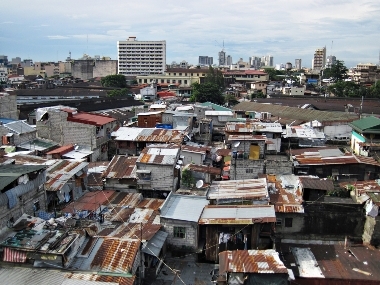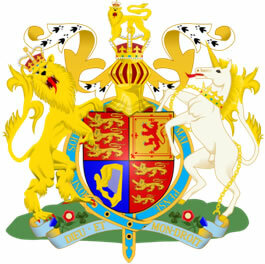The Christian religion, formed by the Christian philosophy, constituted by teachings (love, compassion, fraternity...) from the ideas of Jesus Christ, founder and considered the greatest apostle of Christianity, emerged and became known in the ancient world (Antique).
After the persecution and death of Jesus Christ, Peter was the main apostle responsible for spreading Christianity. Later, during the height of Roman civilization, the apostle Paul was of fundamental importance for the expansion of Christianity and Christian philosophy. From the influence of Paul, religion initially developed in an incipient way among the Romans, as Christian cults were prohibited in Rome and, at that time, the vast majority of the Roman population it was pagan.
During the rule of the Roman Emperor Nero, Christians suffered one of the greatest persecutions in Rome: they were tortured, impaled and harassed in arenas during public spectacles. In the year 313, Emperor Constantine gave freedom of worship to Christians and, from then on, Christianity started to add new adherents in Rome, becoming the official religion of the Roman Empire in 390, an act instituted by Theodosius.
Emperor Constantine, to avoid the crisis and decay of the Roman Empire, divided it into two parts: the western, with the capital in Rome, represented the Western Roman Empire; and the eastern part, with the capital at Constantinople (capital of the Byzantine civilization), represented the Eastern Roman Empire.
Over the centuries, great differences were created between the Byzantine Church and the Roman Church, culminating, in the year 1054, in the first Schism of the East. The main consequences of this schism were due to political differences between the Romans and Byzantines. The pope (bishop of Rome) resisted the Byzantine emperor's insistent attempts at domination at the same time. a time when the Byzantines did not accept and did not believe in the figure of the pope as head of all Christians. They also differed in relation to the worship of images, ceremonies, holy days and the rights of the clergy.
After the invasions of the Germanic peoples (barbarians) and with the growing crisis and decay of the Roman Empire, the Church Catholic allied with the barbarians, Christianizing them, dominating and conquering the vast western territories of the Empire Roman. The main alliances were with the Franks and, later, with the Carolingian Empire (in the figure of its great emperor Charlemagne). Together with the Catholic Church, they proposed to rebuild the magnitude of the Western Roman Empire, the so-called Holy Roman Empire.
In this way, we enter the Middle Ages, a period in which the Catholic Church confirmed itself as one of the greatest religious and political institutions in the Western world. As the great owner of land properties and dominating the field of knowledge, the great medieval libraries and philosophical studies took place almost always in medieval monasteries. During this period, the copyist monks (who reproduced several copies of the Bible) and the movement known as the Crusades emerged.
During the Middle Ages, the Catholic Church, in order to demonstrate its political power and also leading in account the belief in the salvation of the souls of heretics, installed the Holy Inquisition or Court of the Holy Craft. People accused of heresies were interrogated by members of the clergy and could be tortured or burned at the stake. The Holy Inquisition was established for two main reasons: first, the realization of Catholic political power (people who questioned the Catholic faith were considered heretics); and second, Catholics believed they were freeing the souls of heretics, therefore the body would perish, but the soul considered eternal would be saved. With these justifications, Catholics tortured and killed large numbers of people.
In the 16th century, mainly in northern Europe, some monks belonging to the Catholic Church (Martin Luther and John Calvin) initiated attempts to reform Catholic doctrine. It should be noted that the two monks had no intention of starting the movement known in history as the Reformation Protestant, but only requested changes in Catholic rites, such as charging for indulgences, usury, among others.
The reform movement initiated by Luther and Calvin reached a dimension that the monks themselves had not planned. The reform was decisive, not because it broke with the Christian faith, but because it challenged Catholic doctrines and rites, later founding the initial germ of the Protestant Church (which, currently, fully competes with the Catholic Church in the number of faithful and adherents for the world).
The Catholic Church also played a fundamental role in the catechizing of the indigenous peoples of the American continent during the period of the Great European Maritime Navigations. Indeed, the spread of Christianity was one of the reasons for the European maritime enterprise from the 15th century onwards.
Currently, the headquarters of the Catholic Church is located in the Vatican State (north of the city of Rome), created in 1929 by the Lateran Treaty, especially to host and shelter the high clergy of the Church – among them, the pope.
Leandro Carvalho
Master in History
Source: Brazil School - https://brasilescola.uol.com.br/historiag/influencia-igreja-historia.htm



